The word duck comes from Old English dūce 'diver', a derivative of the verb *dūcan 'to duck, bend down low as if to get under something, or dive', because of the way many species in the dabbling duck group feed by upending; compare with Dutch duiken and German tauchen 'to dive'. Pacific black duck displaying the characteristic upending "duck". This word replaced Old English ened/ænid 'duck', possibly to avoid confusion with other words, like ende 'end' with similar forms. Other Germanic languages still have similar words for duck, for example, Dutch eend, German Ente and Norwegian and. The word ened/ænid was inherited from Proto-Indo-European; cf. Latin anas "duck", Lithuanian ántis 'duck', Ancient Greek νῆσσα/νῆττα (nēssa/nētta) 'duck', and Sanskrit ātí 'water bird', among others.
Duck skull drawing.
You may also like
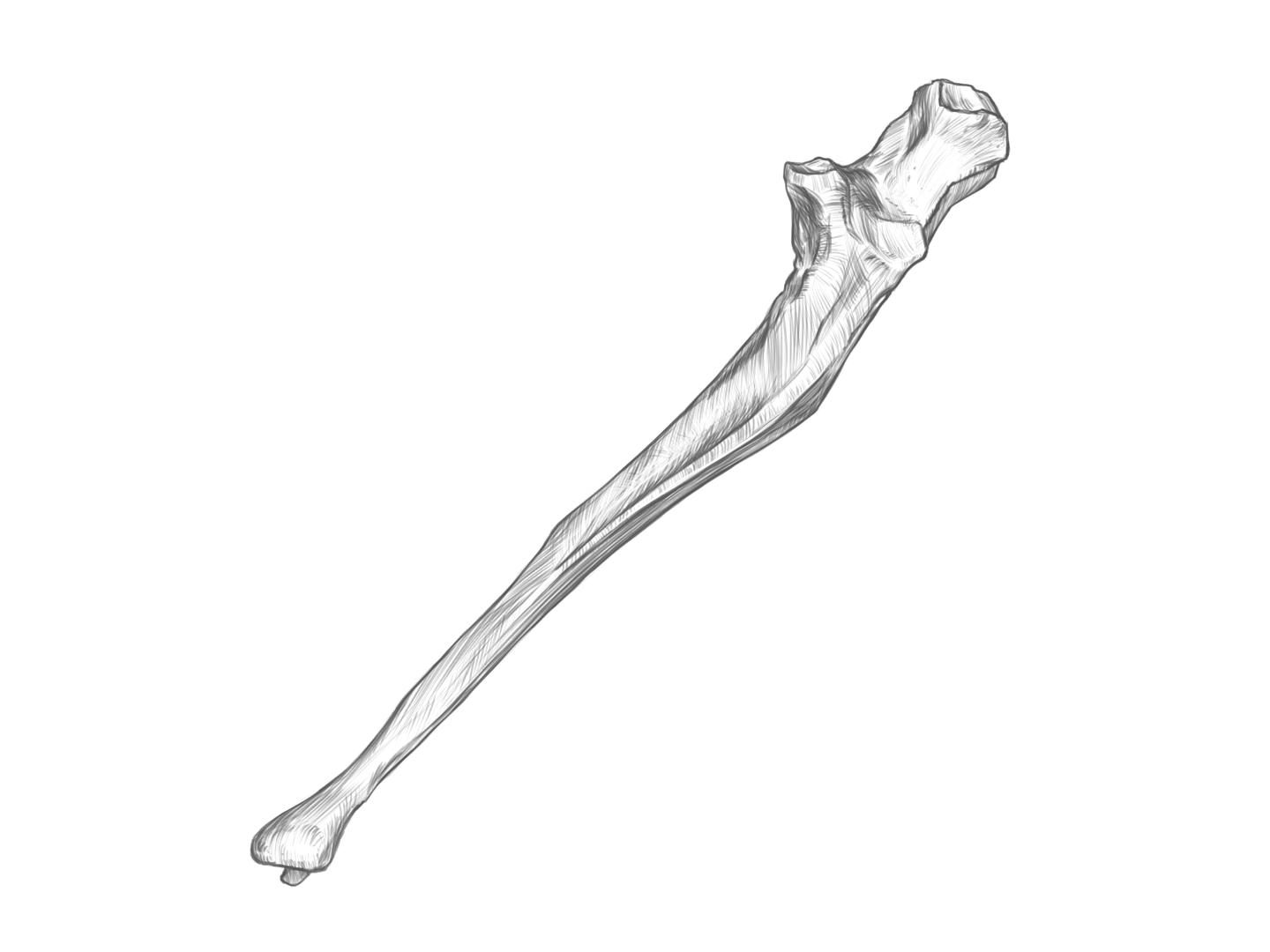
Ulna sketch & timelapse video.
2020
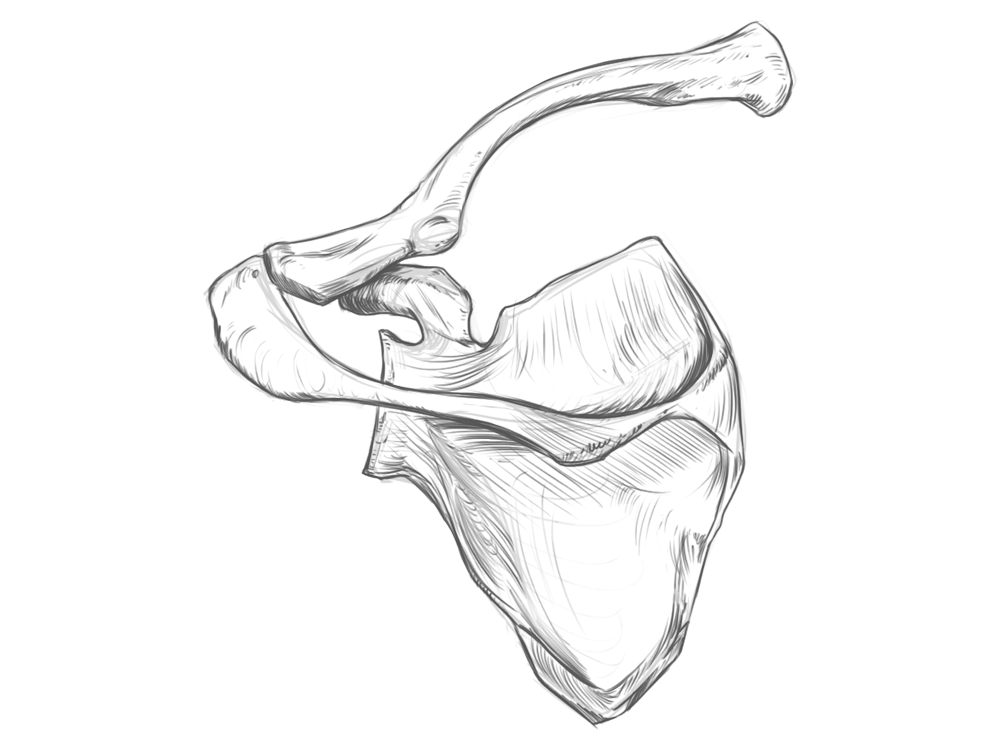
Scapula and clavicle study and time-lapse video.
2020

Anatomical Structure drawing, the Foot.
2021
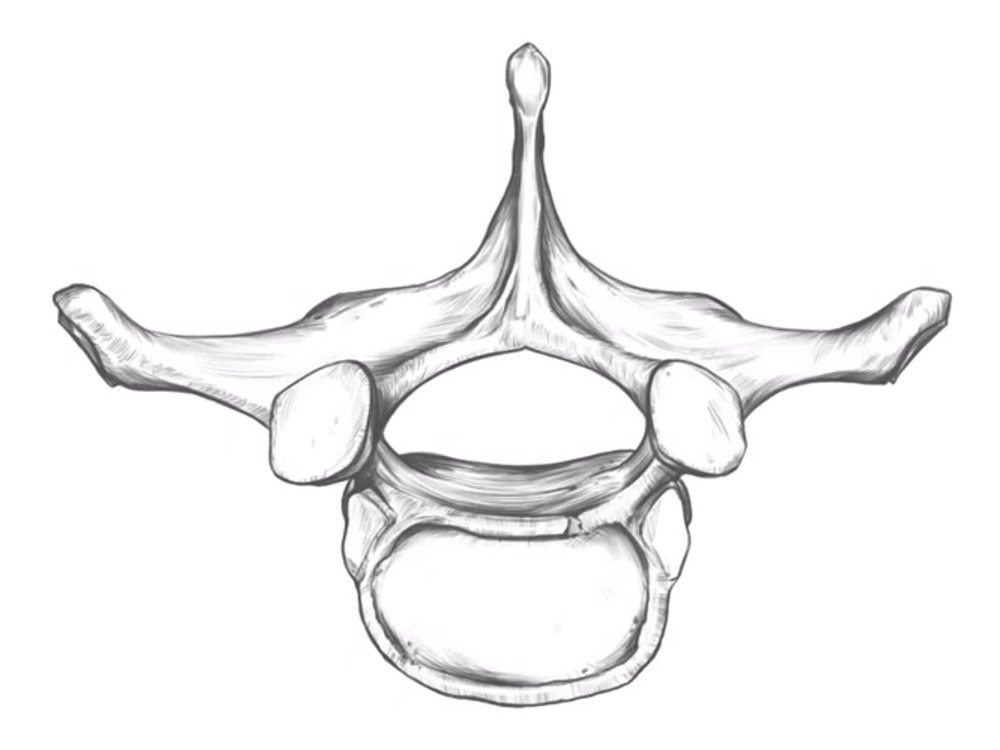
T II. Thoracic Vertebra, Superior view.
2021
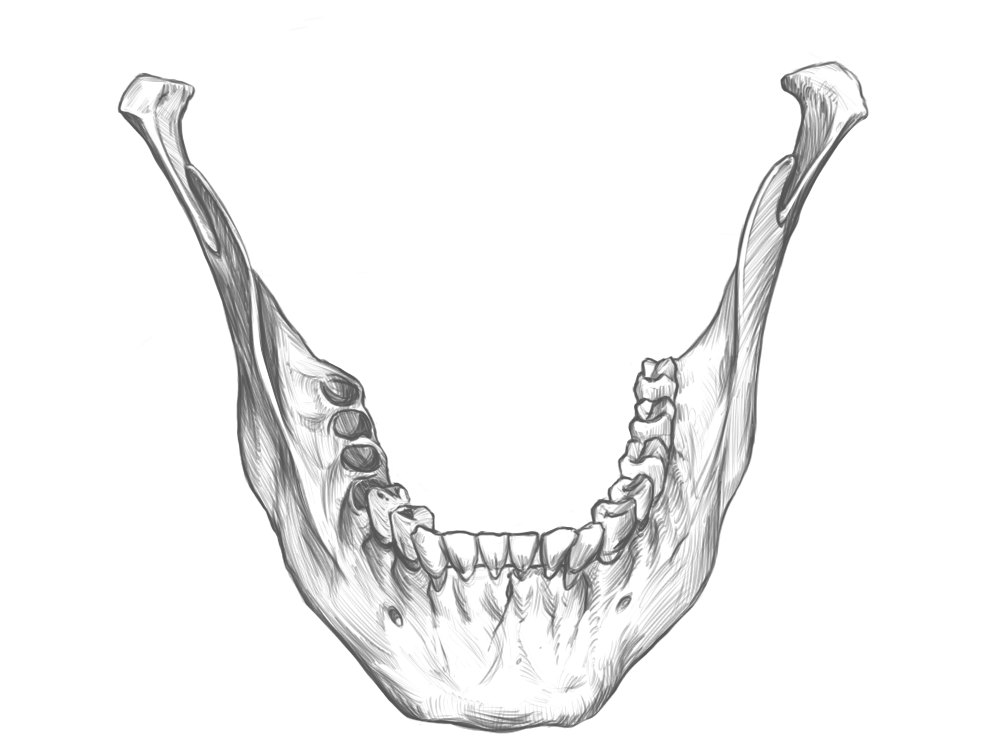
Mandibula sketch & timelapse video.
2020
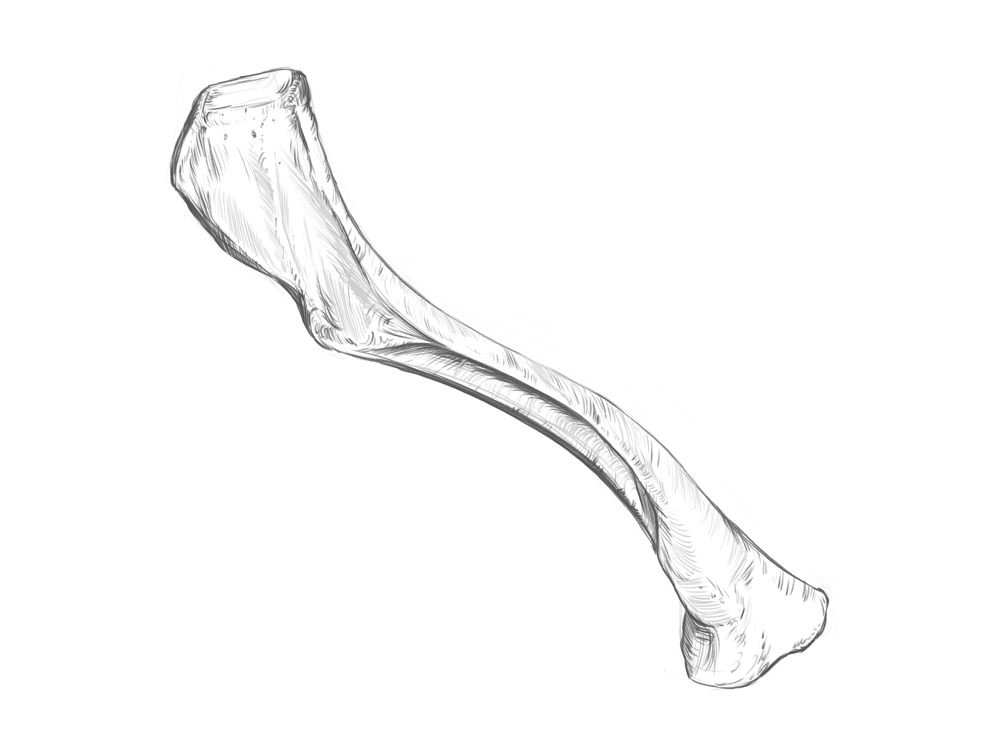
Clavicle quick sketch and time-lapse video.
2020
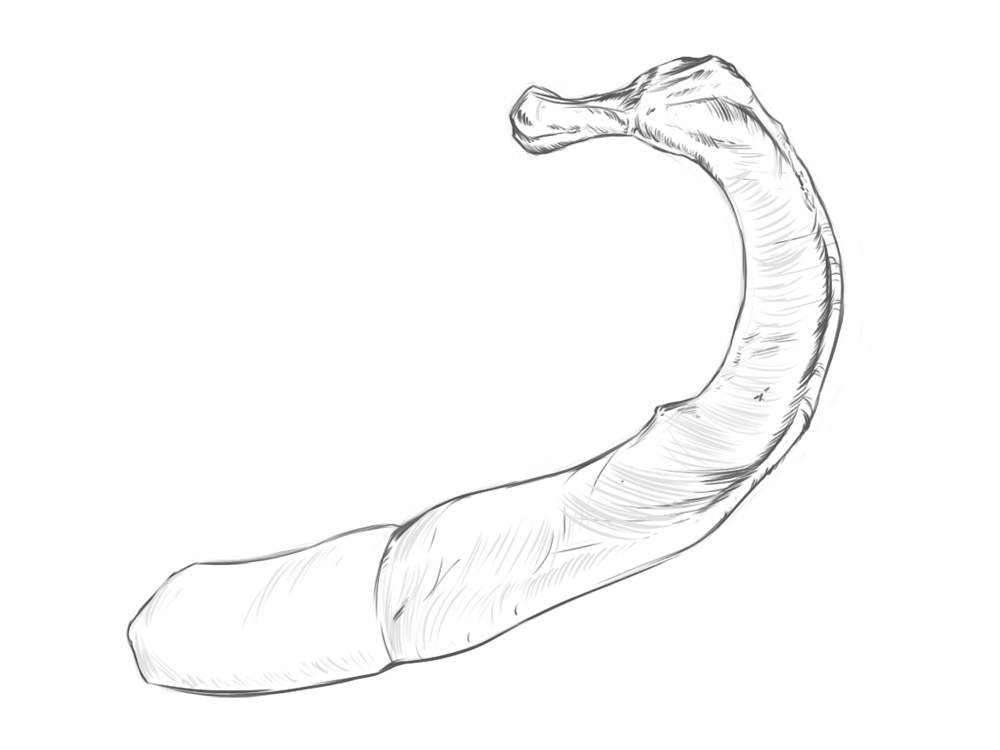
1st rib quick sketch and time-lapse video.
2020
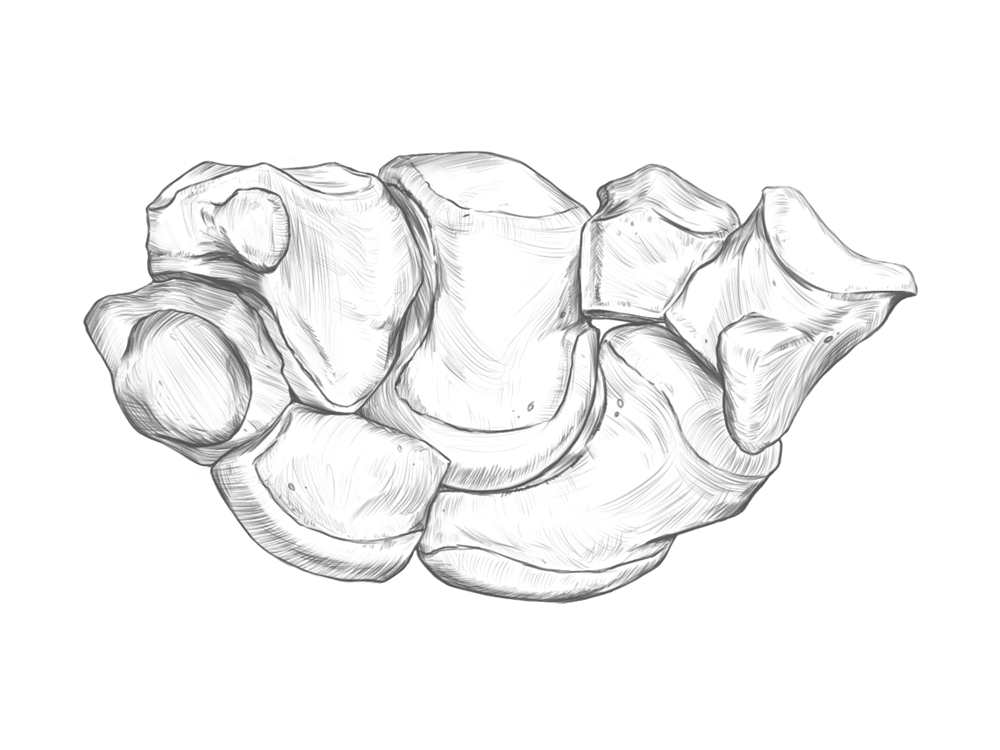
Carpal sketch & timelapse video.
2020
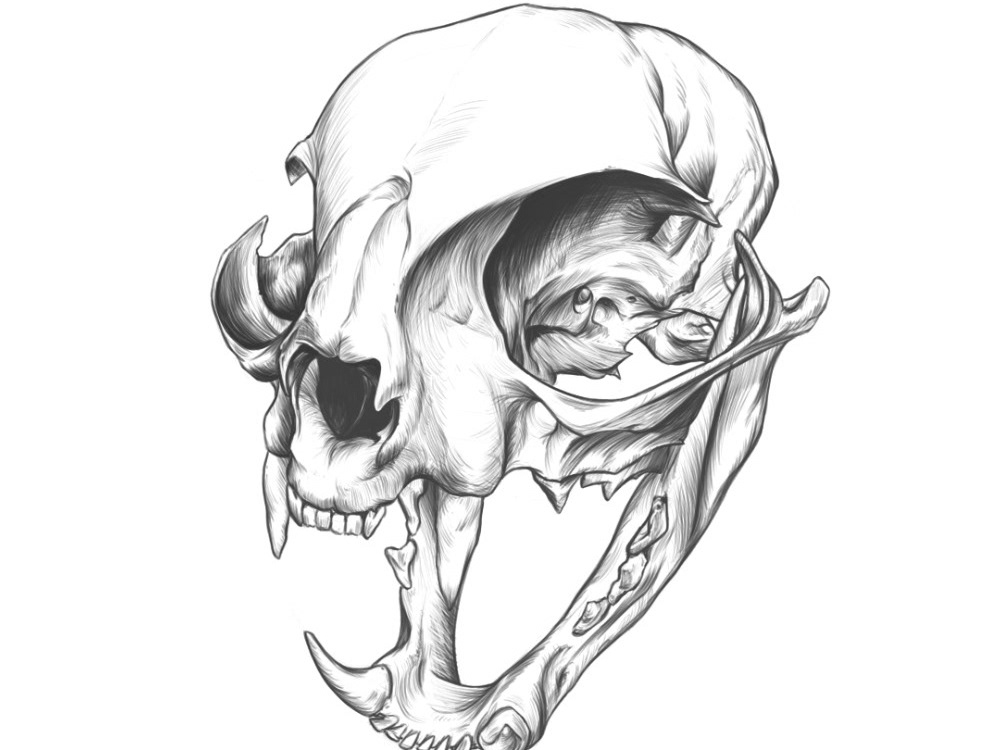
Kitty Drawing.
2021
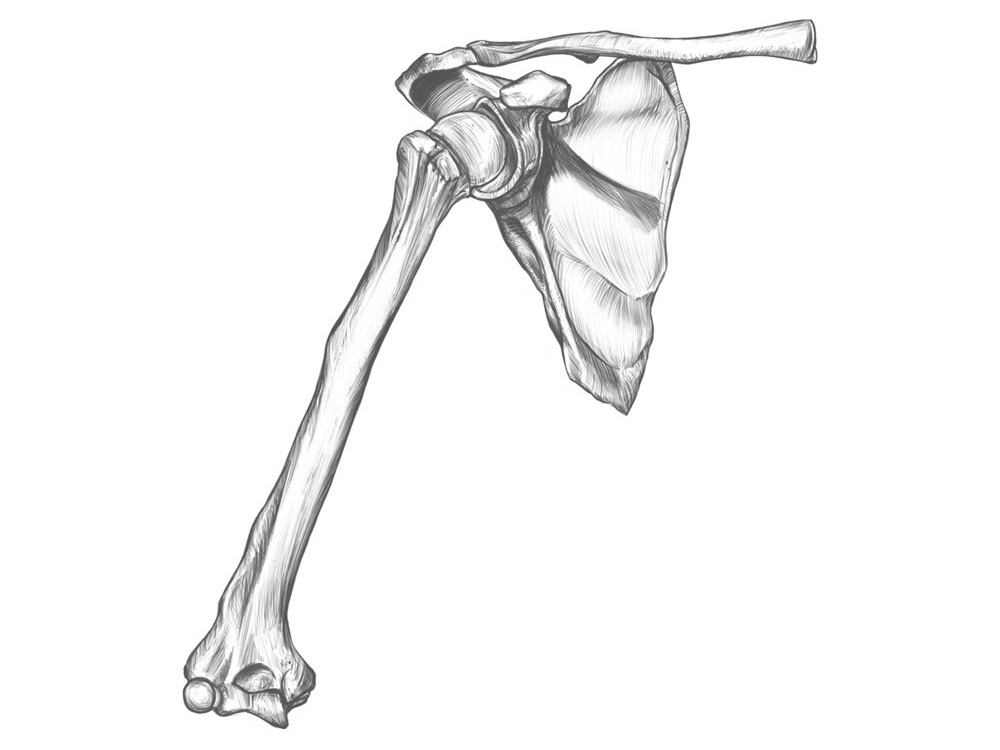
Shoulder blade, clavícula & Humerus sketch.
2021